
Mechanical scanning radars are cumbersome and have limited target capacity, which can no longer meet the detection requirements for high-speed aircraft and artificial Earth satellites. They are unable to adapt to larger coverage areas, higher data rates, and environments with multiple targets.
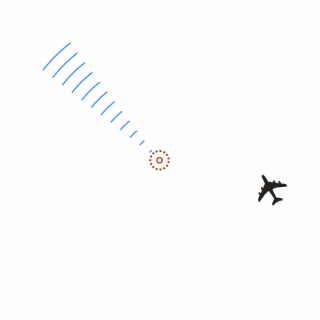
Mechanical Radar Scanning Method
Phased Array Radar (PAR), also known as phased array electronic scanning array radar, utilizes a large number of individually controllable small antenna elements arranged in an antenna array. Active phased array radars have Transmit/Receive (T/R) components that can independently emit radar waves and receive echo signals. Through the interference effect, a directional electromagnetic wave beam in a specific direction is superimposed to achieve directional scanning.
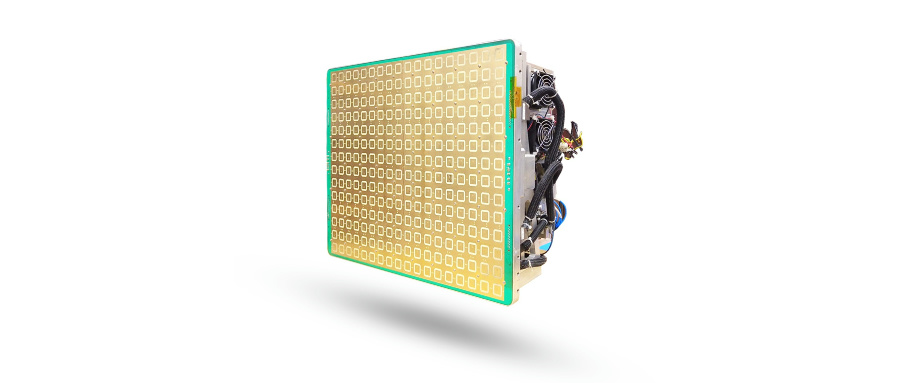
In a passive phased array antenna, all array elements share a single T/R unit, which is structurally and functionally simple. The elements on the surface of a passive phased array antenna only have the capability to change the signal phase and do not have the ability to emit signals. The signal generation relies on a signal generator located behind the antenna, which then uses waveguides to send the generated signal to an amplifier, and from there to the array elements. During reception, the process is reversed.
The advantage of a passive phased array radar is its low cost and less demanding technology requirements. However, the downside is that if there is an issue with the transmission and reception link, the entire radar becomes inoperative.
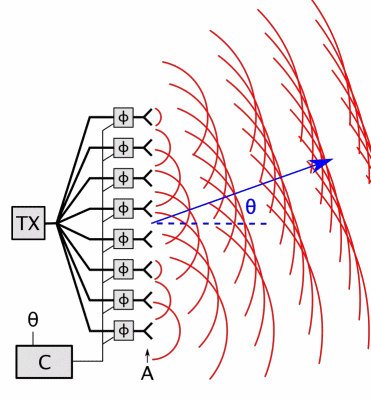
Passive Phased Array Radar Scanning Method
An active phased array has an independent T/R component for each antenna array element and uses microwave integration methods to achieve miniaturization. Each antenna array element in an active phased array has its own T/R component, which includes a phase shifter and an amplifier. By adjusting the phase and amplitude of the signals emitted from each antenna array element, a beam can be formed. This allows for the simultaneous formation of multiple beams in different directions at multiple frequencies.
An active phased array radar has tens of thousands of T/R components, and even if some components fail, the operation of the remaining components is not affected. The advantages include the ability to perform three-coordinate scanning (horizontal and vertical directions). The downside is the high cost and high technical requirements.
Active phased array radars cover many niche areas, including P-band radars, S/C-band radars, X-band radars, and Ka-band radars.
In the civilian sector, Infineon has launched a civilian active phased array product called S5000, which uses a pulse Doppler system in the Ku band (12-18GHz frequency band) to identify, track, and lock onto moving targets such as vehicles, drones, ships, or pedestrians.
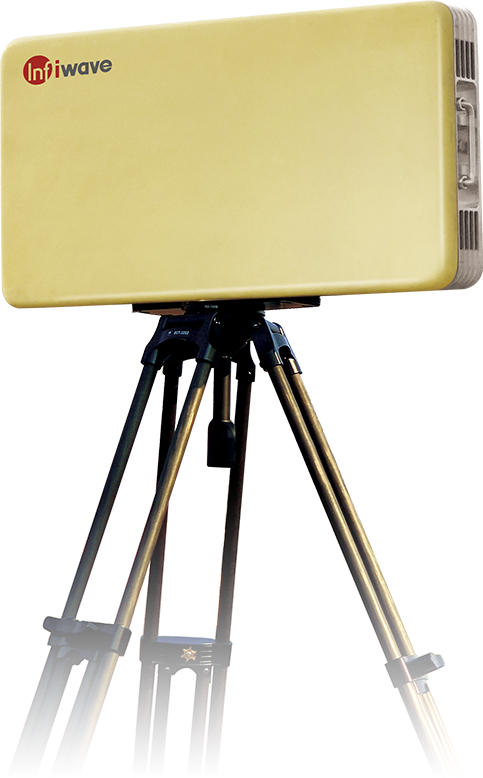
DJI T50 also comes standard with two active phased array radar arrays (model numbers: Front phased array digital radar RD241608RF; Rear phased array digital radar RD241608RB) which can efficiently assist drones in terrain recognition and obstacle avoidance.
In the field of meteorology, the X-band dual-polarization phased array weather radar can detect the macroevolution of weather processes and also obtain the shape, size, phase distribution, spatial orientation, and types of precipitation particles, which helps to improve the precision of meteorological forecasting and early warning services for severe convective weather such as tornadoes and downbursts.
The phased array antenna is the core component of the phased array radar, and the T/R module is the core of the active phased array radar.
Large phased array radar antenna arrays contain tens of thousands of antenna units. Each basic module of the array surface integrates systems such as feeder, transmission and reception, correction, monitoring, power supply, and environmental control. There are many pieces of equipment, complex logical relationships, and high installation requirements.
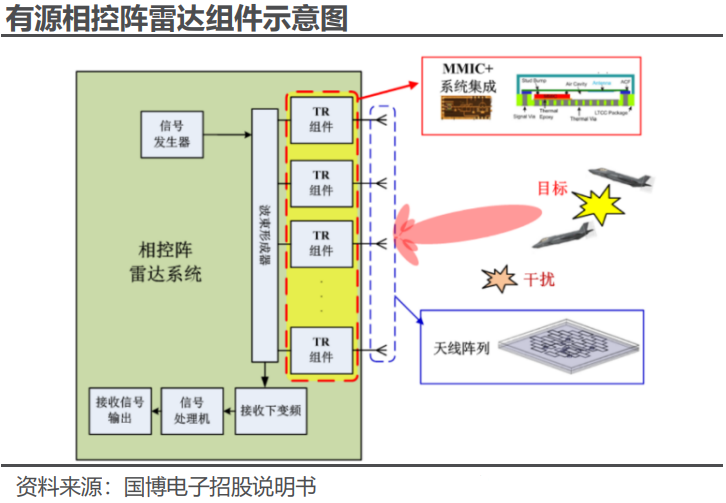
The entire active phased array radar system is composed of hundreds or thousands of radiators arranged in a certain pattern, with each radiator connected to a separate active phased array T/R module at the rear.
The performance parameters of the active phased array T/R module directly determine the key parameters of the phased array radar system, such as operational distance, spatial resolution, and reception sensitivity. They also determine the volume, weight, cost, and power consumption of the active phased array radar system.

3D Drawing and Physical Image of T/R Module
The T/R module has evolved from a "brick" to a "tile" type, with a significant reduction in volume, weight, and cost.

Evolution of Phased Array Radar Antenna Architecture
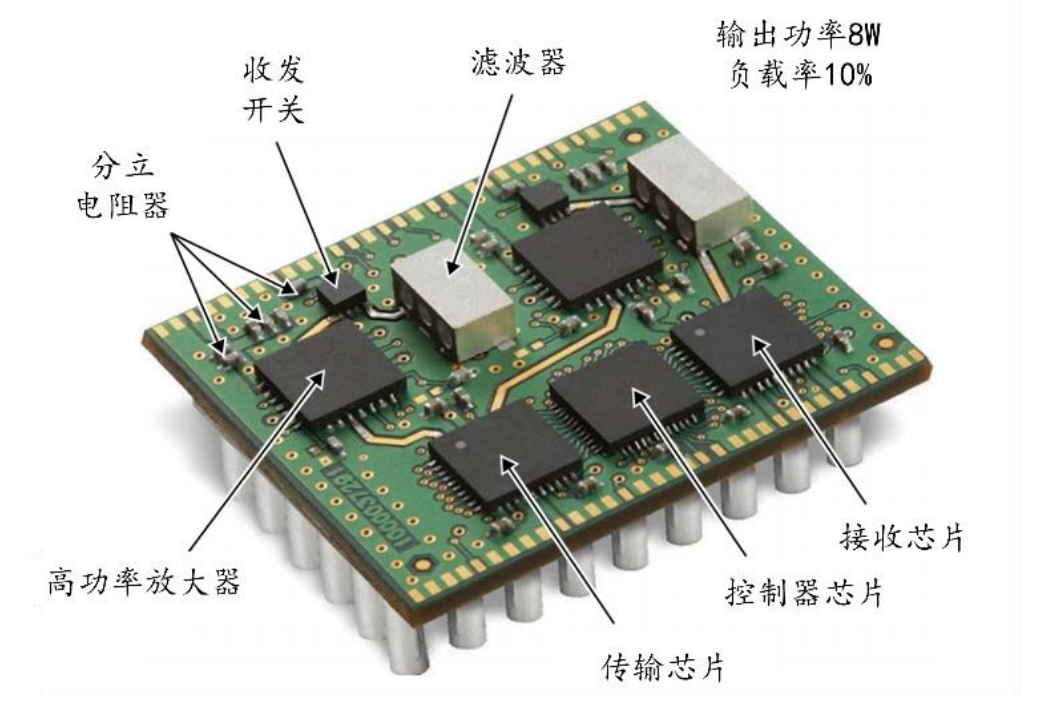
Tile-style T/R module PCBA
The phased array system generally accounts for nearly 50% of the total cost of the radar system, and the T/R module accounts for about 45% of the phased array system cost, with the RF chip having the largest share.
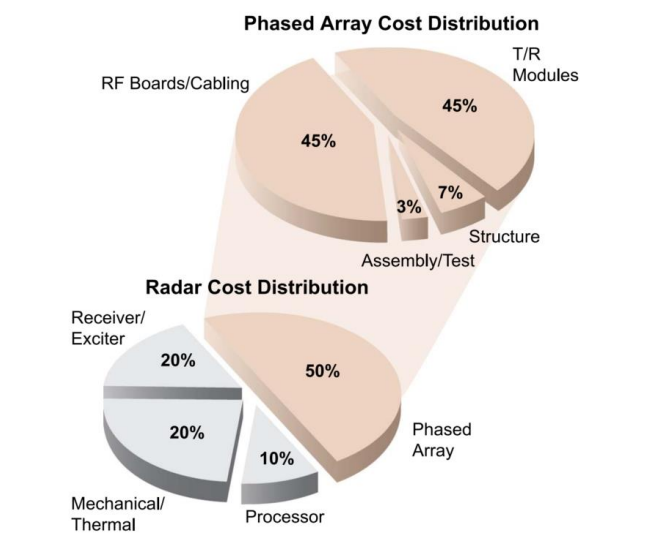
Disclaimer: The content of the article is compiled from publicly available materials on the internet, with the copyright belonging to the original author's platform. It is for information sharing only and will be removed if there is any infringement.